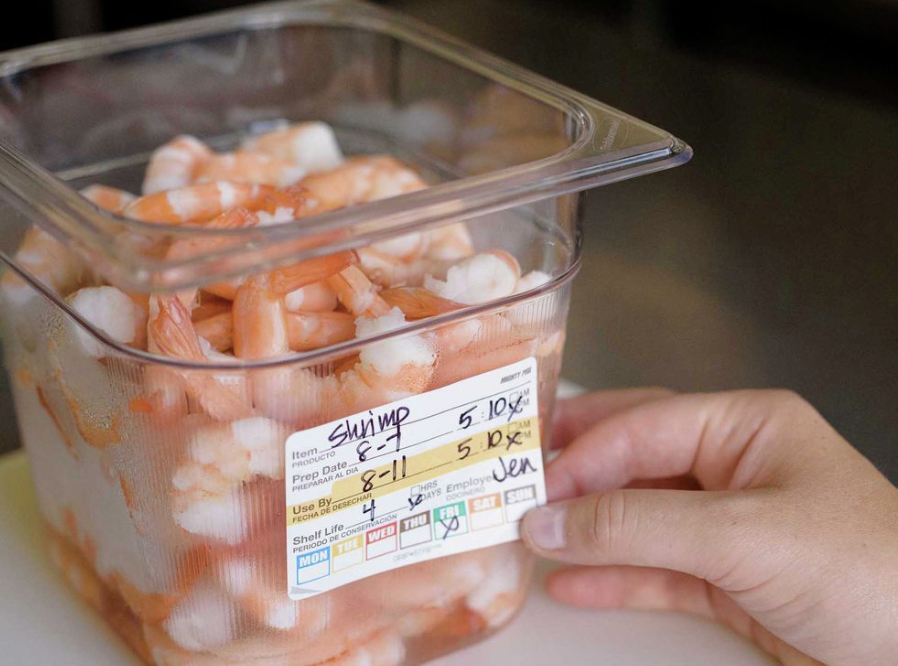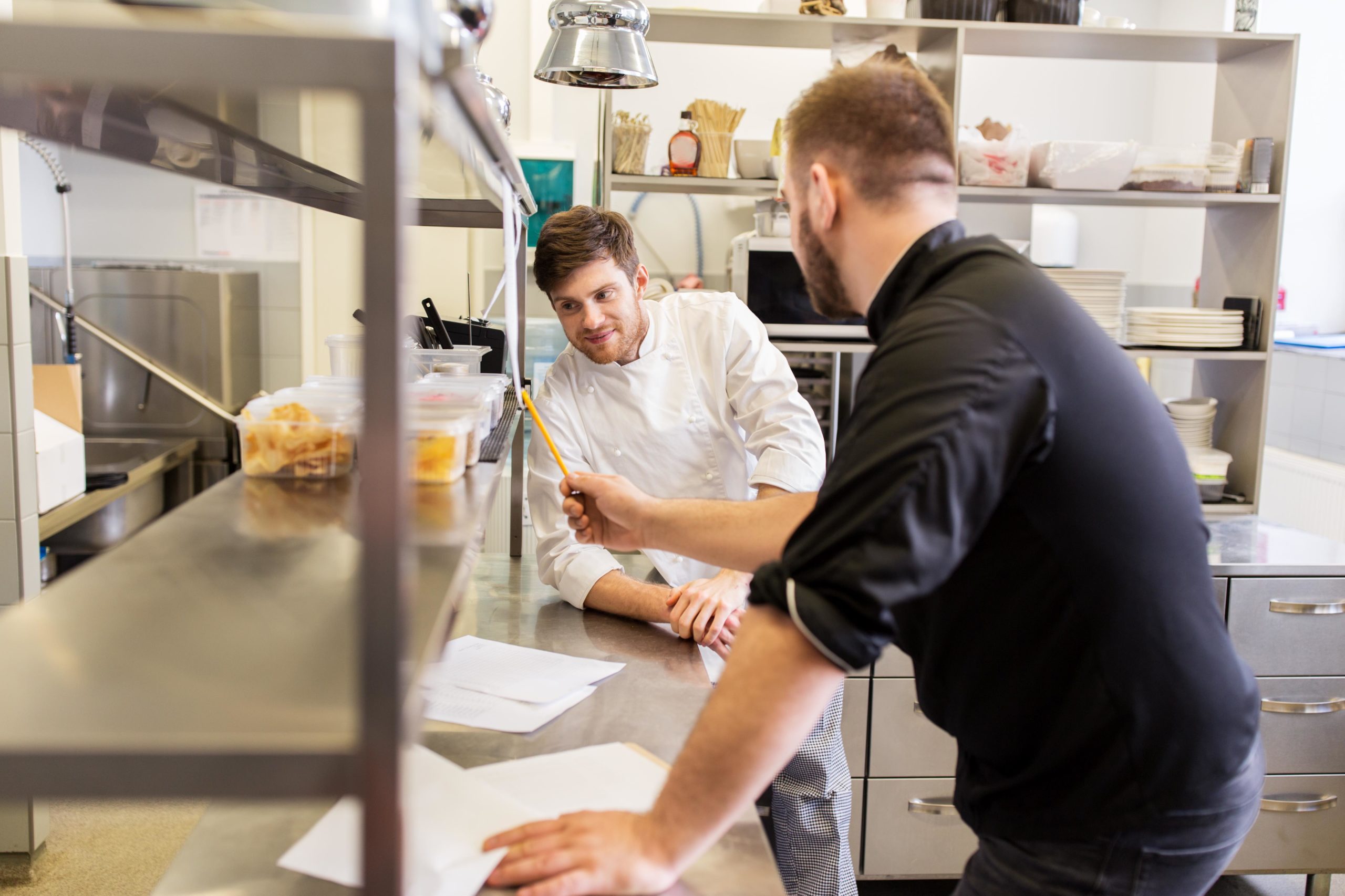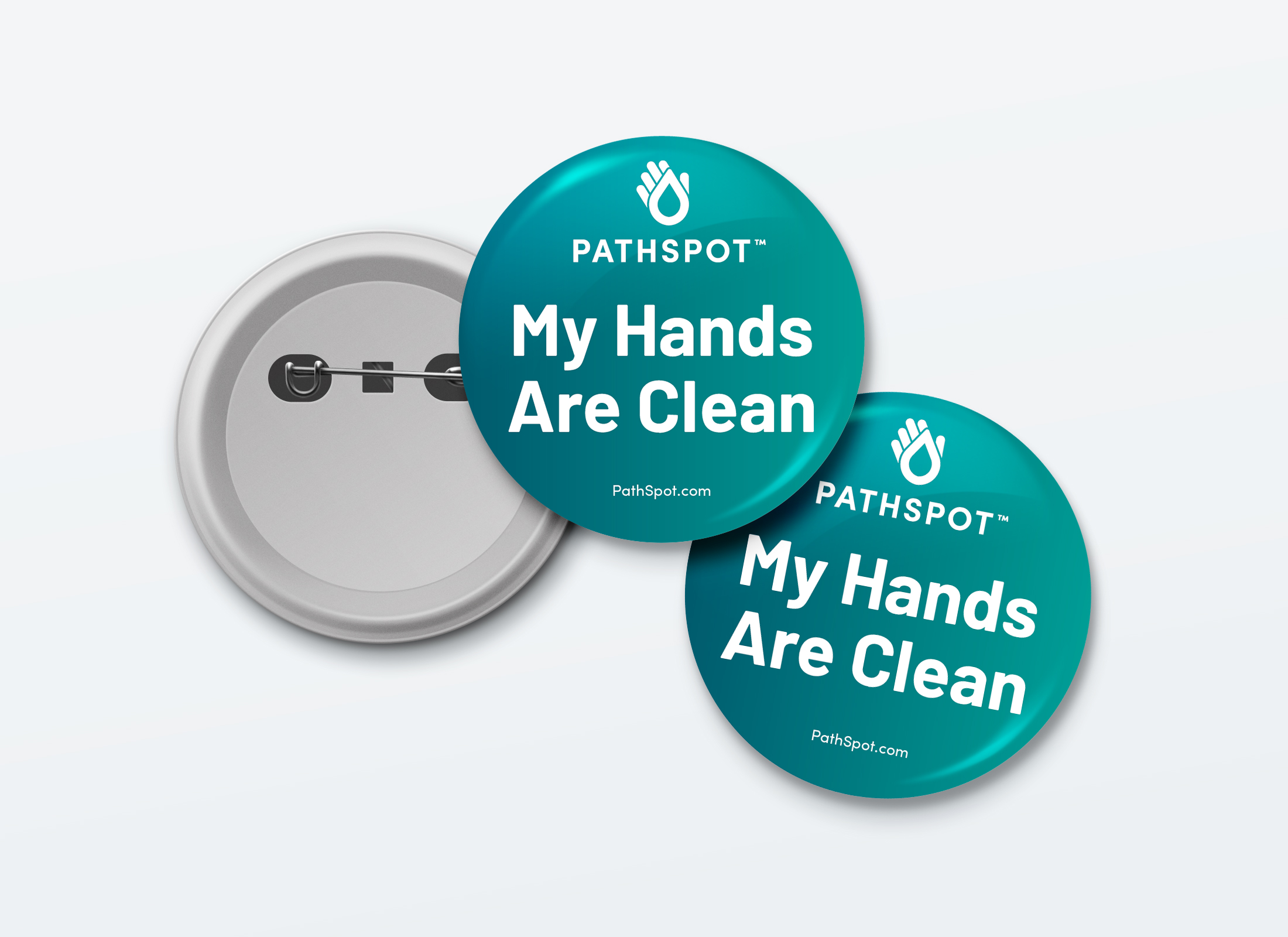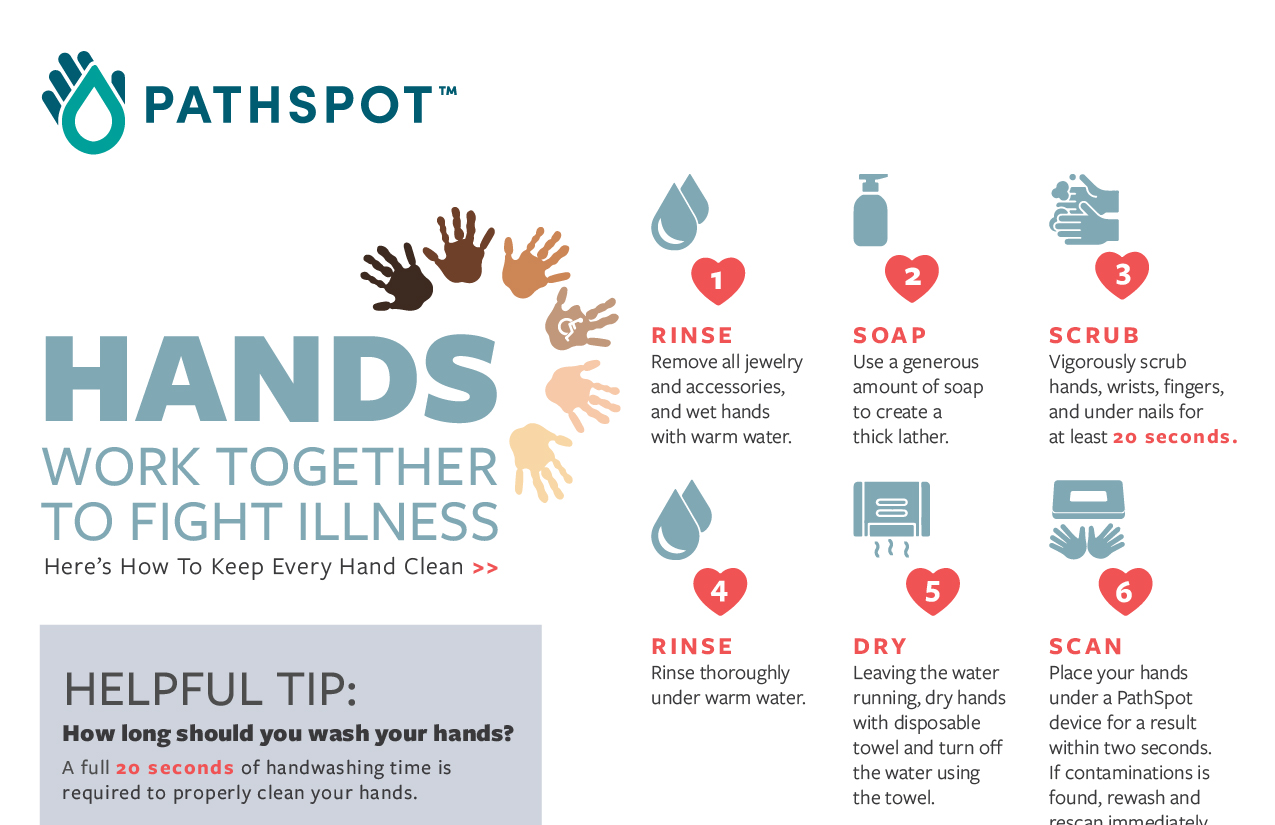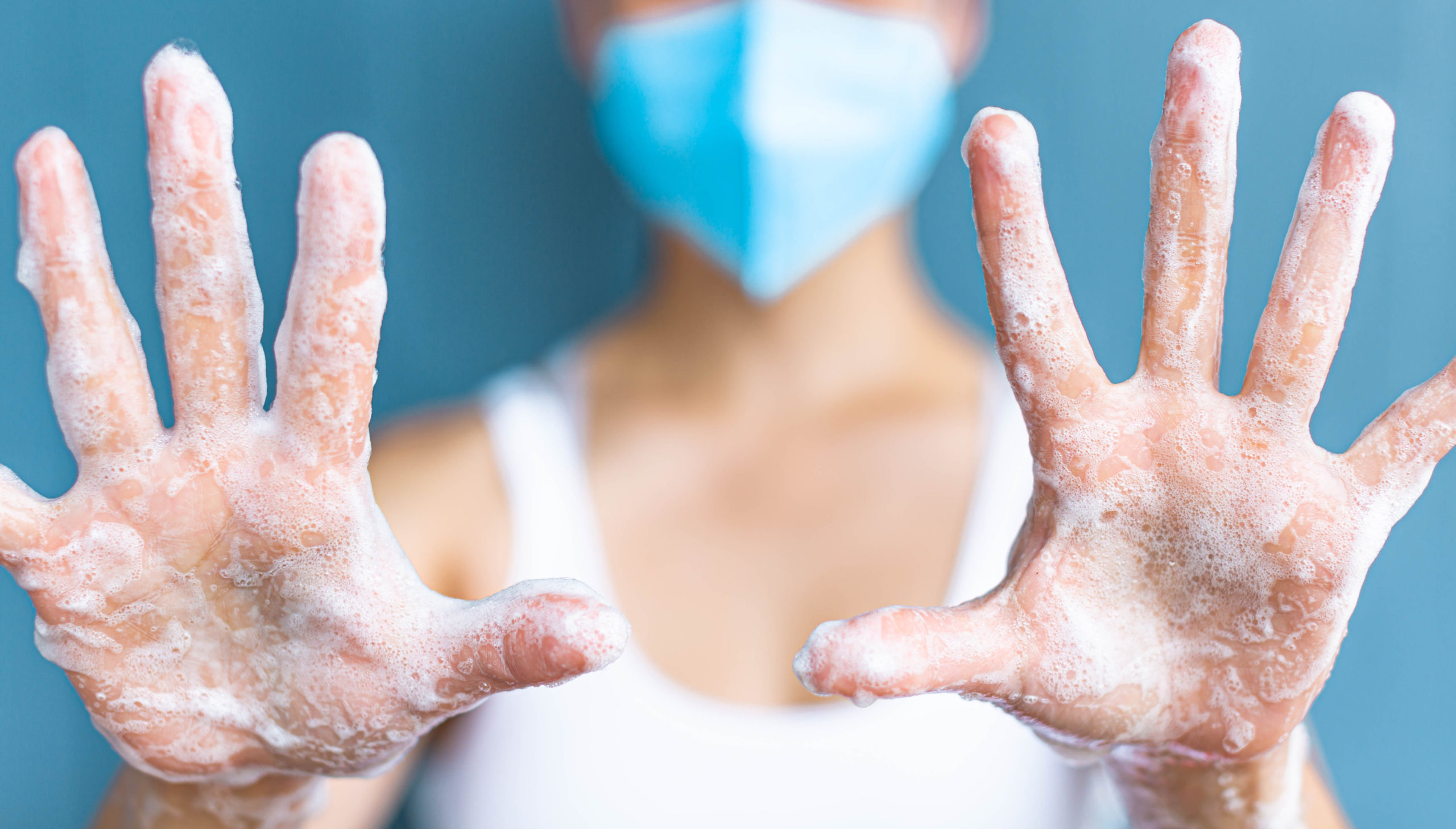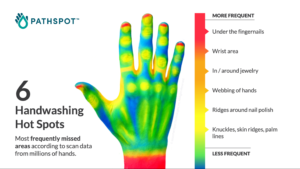Ensure Precision and Revolutionize Food Safety in Hotel Kitchens for a Safe and Exceptional Culinary Experience
In the kitchen, precision is critical. Every dish you create must meet the highest taste, presentation, and, most importantly, safety standards. This is where temperature monitoring is critical, ensuring that your culinary creations are not only delicious but also adhere to strict food safety guidelines and regulations. However, in many hotels, this essential task is still executed manually, and there are several downsides to this approach that we need to address and change.
- Human Error:
One of the most significant drawbacks of conducting temperature monitoring by hand is the potential for human error. While your kitchen staff may be highly skilled and diligent, they are still susceptible to mistakes. A momentary attention lapse or a simple thermometer misreading can lead to inaccurate temperature recordings. In an industry where food safety is non-negotiable, relying solely on manual monitoring can be risky.
- Labor Costs:
Another concern is the cost associated with manual temperature monitoring. Consider the time and effort it takes for your staff to move around the kitchen, checking temperatures and meticulously recording them. This is not only time-consuming but also increases labor costs. In a time where hotel budgets are often stretched thin, the expense of additional labor hours for temperature monitoring is an issue worth considering.
- Scarce and Expensive Training:
Furthermore, the hospitality industry faces unique challenges in finding and retaining skilled staff. Training individuals to work efficiently and effectively in a hotel kitchen is an investment that requires both time and resources. With work in the hospitality sector often being scarce and the cost of training being high, it’s crucial to find ways to streamline operations without compromising on quality.
How have other industries moved to digitizing for accuracy?
Other industries, namely the automotive and food manufacturing sectors both have adopted and embraced automation and digitization to enhance efficiency, consistency, and accuracy. In these industries, machines have replaced certain manual tasks, significantly reducing the margin for error and increasing overall productivity.
The hotel industry, particularly hotel kitchens, can take a similar path
Imagine having a solution that automates temperature control in your kitchen, just like robots assemble cars or machines to ensure food is processed safely and efficiently in factories. This could revolutionize the way hotel chefs operate. Automated, digitized temperature monitoring systems can provide real-time data, reduce the risk of human error, and free up your skilled kitchen staff to focus on what they do best – creating culinary masterpieces.
How does seamless integration with Digital Temperature Monitoring improve food safety?
Digitizing temperature control not only increases accuracy but also saves on labor costs and minimizes the need for extensive training. It’s a win-win for both your bottom line and your guests’ safety and satisfaction.
PathSpot’s PowerTemp: Game-Changing Hotel Food Safety
Pathspot is leading the way in food safety technology and has collaborated with chefs from top hotel brands to address the pain points we hear from hotels, resulting in groundbreaking solutions.
Pathspot’s innovative system is designed to address these challenges – leveraging advanced technology to automate temperature control, digitize monitoring, offering real-time data, reducing the risk of human error, and cutting labor costs, all while ensuring the highest food safety standards.
We invite you to take the next step in revolutionizing your hotel kitchen operations. You can book a demo with Pathspot and see how this state-of-the-art solution can transform your kitchen, making it safer, more efficient, and, ultimately, more satisfying for your guests and your culinary team.
Don’t miss out on the opportunity to be a part of the future of hospitality, where automation and innovation come together to create extraordinary dining experiences. Reach out to Pathspot today and take that exciting first step toward a safer, more efficient, and more cost-effective kitchen.
Alongside PowerTemp, PathSpot provides a suite of additional tools, including PowerLabels, PowerTasks, and the SafetySuit Hub, to further optimize your operations. By integrating these tools with PowerTemp, you can establish a cohesive digital solution that supports every aspect of your hotel food service and ensure the highest standard in food safety.
Book a demo today with Pathspot (https://pathspot.com/request-demo/)


